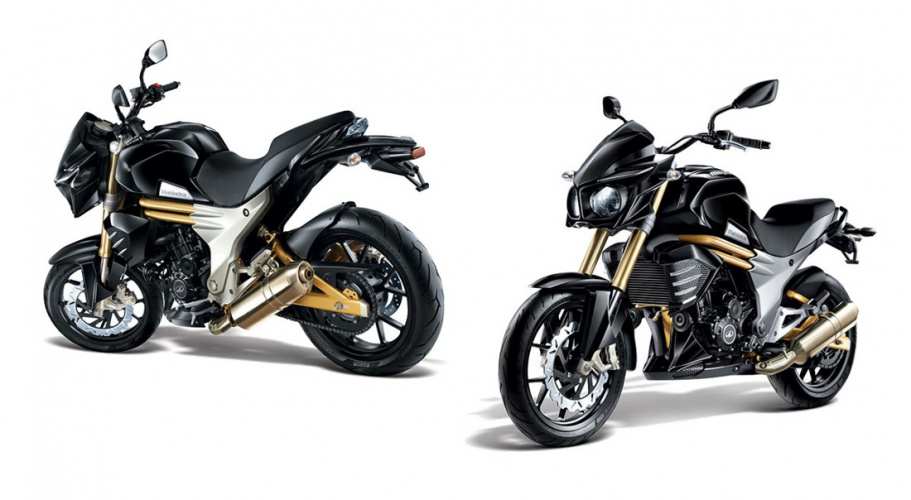Promoted Content: Behind the Rumble and Roar of Mahindra Motorcycles

Mahindra Two Wheelers used multiphysics simulation to meet engine noise regulatory requirements in its high-end luxury motorcycles while maintaining customers’ satisfaction.
Mahindra Two Wheelers builds a wide range of scooters and motorcycles for the Indian market. Thanks to the adoption of numerical simulation tools early in the development cycle, drivers and passengers can enjoy great performance and mileage, along with a superior ride experience on tough Indian roads. Mahindra used multiphysics simulation to study the NVH (noise, vibration, and harshness) performance of the engine, intake and exhaust systems of their motorcycles.
The knowledge gained from numerical simulation studies enabled their engineers to improve the structural design of their motorcycle engine and achieve desired noise levels. “COMSOL software helped us to significantly reduce the number of design iterations that we had to go through, thereby saving time,” said Niket Bhatia, deputy manager R&D, Mahindra.
In an engine, there are many sources of noise, including the intake and combustion processes, pistons, gears, valve train and exhaust systems. Combustion noise is due to structural vibrations caused by a rapid pressure rise within the cylinders. These vibrations continue from the powertrain to the engine casings through bearings, radiating noise.
Register now to continue reading
Thanks for visiting The Engineer. You’ve now reached your monthly limit of premium content. Register for free to unlock unlimited access to all of our premium content, as well as the latest technology news, industry opinion and special reports.
Benefits of registering
-
In-depth insights and coverage of key emerging trends
-
Unrestricted access to special reports throughout the year
-
Daily technology news delivered straight to your inbox










Water Sector Talent Exodus Could Cripple The Sector
Maybe if things are essential for the running of a country and we want to pay a fair price we should be running these utilities on a not for profit...